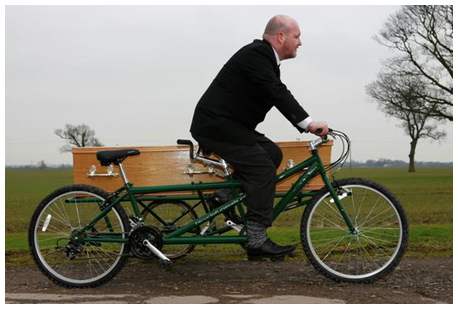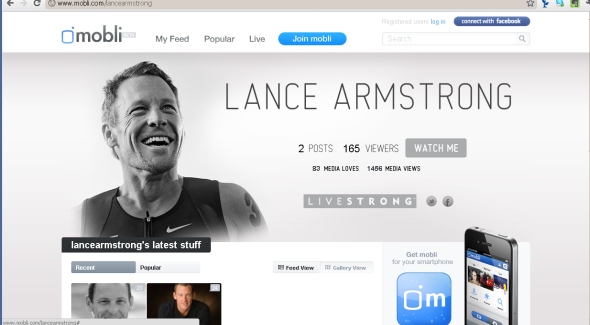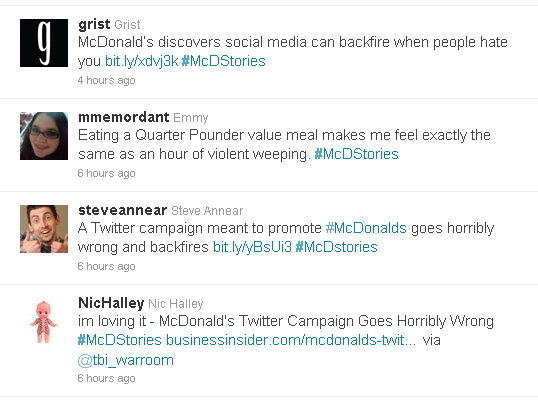After reading Friday’s bit about Trek’s tapered steerer tube patent, friends kindly reminded me about the past decade. It seems that somehow I’d misplaced any recollection of the bike industry from the Y2K crisis to year 2010, including Trek’s tapered head tube and fork development. Josh, in particular helped me face apparently repressed memories about Trek’s E1 and E2 head tube standards, and how they have, in fact, maintained that as an open standard.
Somewhere inside that moment where the gears began to engage and my brain’s sad, cheese-clogged synapes started to fire again, this occurred to me: they really have let others use this.
In light the way Specialized recently attacked Volagi, ostensibly for making a carbon fiber bicycle frame that may or may not be painted red (the Volagi frame shape certainly bore no resemblance to anything Specialized had ever made), not to mention the many, many absolute bullshit patents protecting highly dubious claims, Trek’s benevolent stance here seems genuinely nice. Sure, it was a tactical decision to help ensure the design was adopted by fork manufacturers and stuff, and plenty of companies immediately rush to use any perceived intellectual property advantage to cut off development, only to find they’ve painted themselves into a corner. But, still. Trek could have probably been dicks about this, and they weren’t. I think that’s nice of them.
Probably just me, though. A complicated and prolonged search for new employment has me all emotional. I’m currently leaning toward “hearse driver,” provided I can learn to ride on the wrong side of the road and eat .
Yes, self-declared physically unfit British owner of a tandem bike hearse, Reverend Paul Sinclair, recently famous and somewhat , is looking for someone to pedal the recently deceased to their final resting places.
As a naturally morbid personality and recovering Roman Catholic who feels guilty about riding a bike unless it’s also, technically, considered “work,” this would be my dream job, were it not for two things.
First, I find the Queen such a distractingly handsome woman that I have no idea how anyone in the UK manages to concentrate on anything. Just knowing she was near–with that weirdly conspiratorial and overbitey grin of hers–would render me incapable of even making toast correctly.
Second, the hatred for cyclists in the UK is so much more refined than it is in the states, that I’m not sure how one survives there without maybe a bandoleer of Grey Poupon to hurl at passing “lorries.” Case in point, one Andrew Grimes, a writer for The Manchester Evening News, who believes:
It is seldom a good idea to get on yer bike. Hail a taxi. Catch a bus. Drive a car. Walk. Each of these alternatives offers the likeliest chance of completing a journey through a British city without winding up at the undertakers.
Cycling is a relic of cosy, Edwardian rurality, when one could take one’s chances in contest with a lumbering horse and cart. Nobody got his or her skull crushed under the hooves of a farmer’s shire.
But that was then.
Today is the 21st century, burnt tyre rubber time, with a bloke in a tall cabin unable to see the assiduous helmet crouched nose-down on aluminium handlebars, sidling alongside his fuel-stashed juggernaut.
Yet the cycling lobby won’t give up. It never ceases to campaign for more road space – which means clearing goods lorries, buses and motor cars off great swathing widths of our arterial highways—to make way for its insane multitudes of pedalling romantics.”
While I take issue with the Dickensianly be-monikered “Mr. Grimes” regarding the general use of bicycles and his belief that cyclists should stop trying to be so bloody special and just drive a car like any sensible person, I can not fault his prose, which can only be described as the aural equivalent of inserting Jonathan Swift into the arse of William Shakespeare and baking for twelve to fourteen hours at 400-degrees. Fahrenheit, of course.
Even if one dared mount a response to the twisted logic that claims to advocate for the health of cyclists by making them no longer cyclists, phrases like “fuel-stashed juggernaut” overwhelm the reader’s senses with such a flamboyant display of bad poetry as to be almost disorienting. Is fuel actually “hidden” within vehicles, and is the presence of the fuel somehow relevant to the author’s point? Having neither driven nor ridden in London proper, I concede my ignorance in the matter. Perhaps even the slightest brush with a cyclist frequently causes cars in the UK to explode spectacularly. Having located the steering wheel on the wrong side of the vehicle, it’s certainly possible the petrol tanks are somehow located in the side view mirrors.
At any rate, it appears the UK has a a unique strain of an otherwise American disorder, a condition that causes the infected to reduce those with different viewpoints to idealistic children, while they, the clear-minded adults, endeavor to explain How Life Works. One grows up, of course, and learns not to ride bicycles, because riding bicycles is generally very good (it doesn’t pollute and it makes for a healthier population) and because riding a bicycle makes people happy.
And that just won’t do.
Like any truly gifted writer, Mr. Grimes has an innate grasp of the ironic, burying his criticism of less “up-to-date” modes of transportation being pedaled around by “romantics” inside his own peculiarly ancient prose.
It is not safe to ride a bike through high-cabined convoys of juggernauts. To pretend that it is, is to ignore the emergence of all mechanised locomotion since 1912 . . . . I think that all cycling on major arterial roads, especially at peak periods, should be outlawed on pain of jail, apart from in places without traffic lights and where the motorised speed limit has been brought down to 12 miles an hour. At the same time, I am not completely heartless. Obviously, cycling on pavements should be encouraged.”
Yes, “on pain of jail,” cycling should be outlawed in order to save cyclists from themselves–and by “themselves” Grimes of course means their habit of trying to share the road with “juggernauts.” I would submit to the people of London that any man who uses the word “juggernaut” to describe a motor vehicle more than once within the same article, should be driven from the city proper, “on pain of jail,” as a man unfit to process life in the 21st Century. Yes, it’s clearly the cyclists of London who have fallen behind the times, dangerously unaware of the dangers posed by the great, steam-powered juggernauts all around them.
I encourage everyone to read the article, preferably with the following image in mind as narrator.
And yes, Mr. Grimes does indeed conclude with a concession. He is not, “completely heartless,” and suggests cyclists should make use of “pavements,” or, in the slightly less obtuse American vernacular, “sidewalks,” where, he assures us, “granny with her groceries is usually nippy enough to dodge a two- wheeled obstacle crawling past the shop window, even if she cannot always bring herself to knock him down.” I suspect Mr. Grimes himself ultimately lacks the ballsballocks to actually affect cycling in London, or anywhere else, but, should anyone cycling on the streets of London encounter the gentleman making his way along a “pavement,” I suggest you heed his advice, get your ass on his nice, safe sidewalk, and make sure he’s feeling sufficiently “nippy.”












